Panicum virgatum ‘Northwind”
Photo/Illustration: Steve Aitken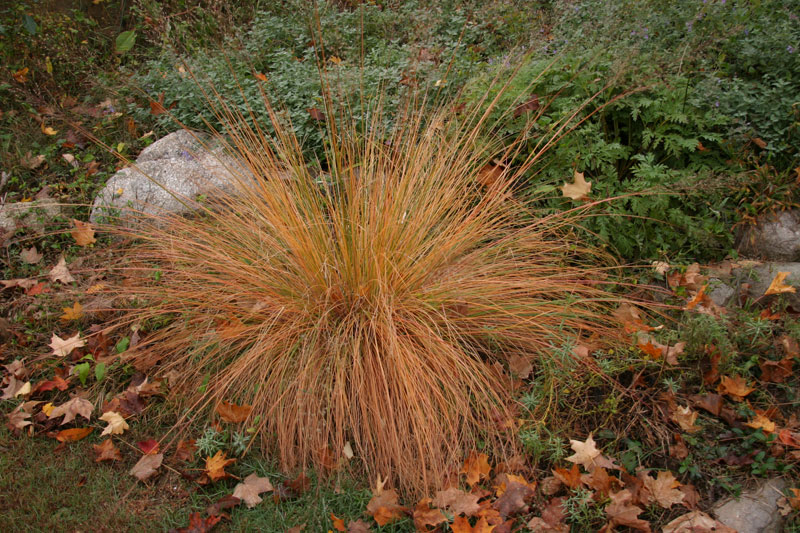 Sporobolus heterolepis
Sporobolus heterolepis
Photo/Illustration: Steve Aitken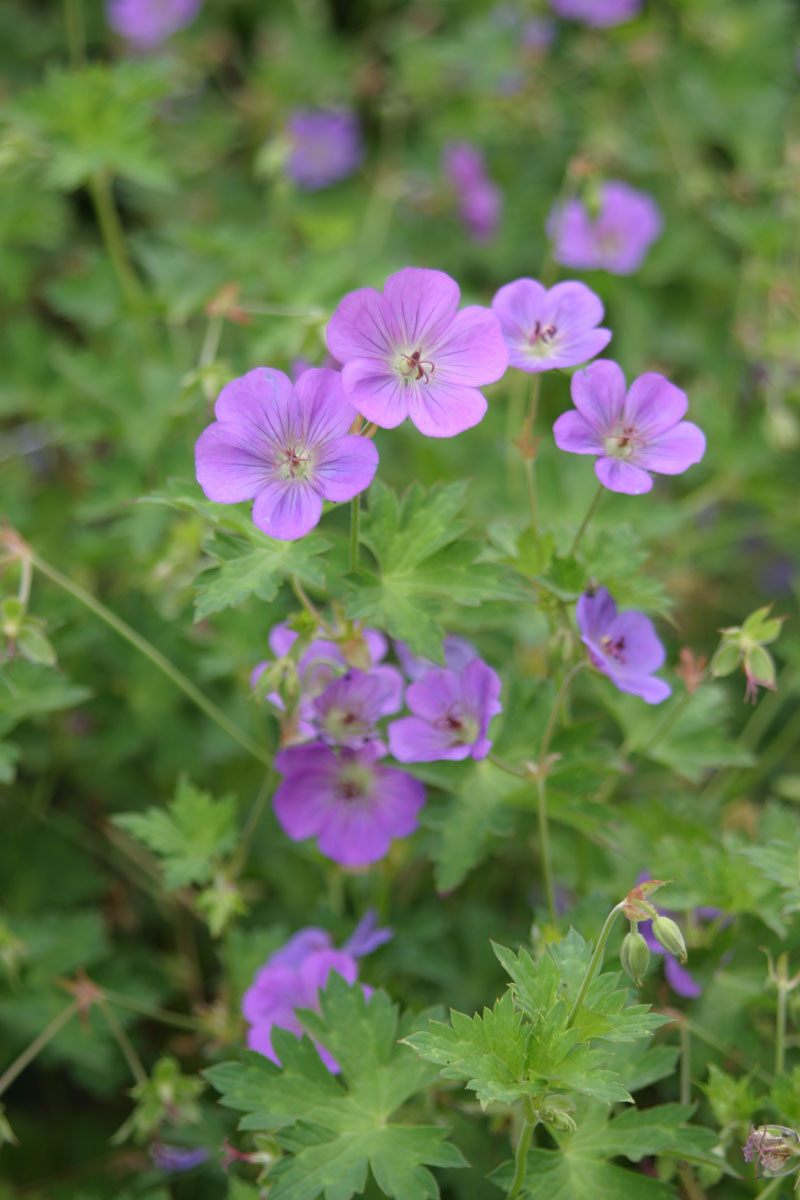 Geranium ‘Rozanne’
Geranium ‘Rozanne’
Photo/Illustration: Michelle Gervais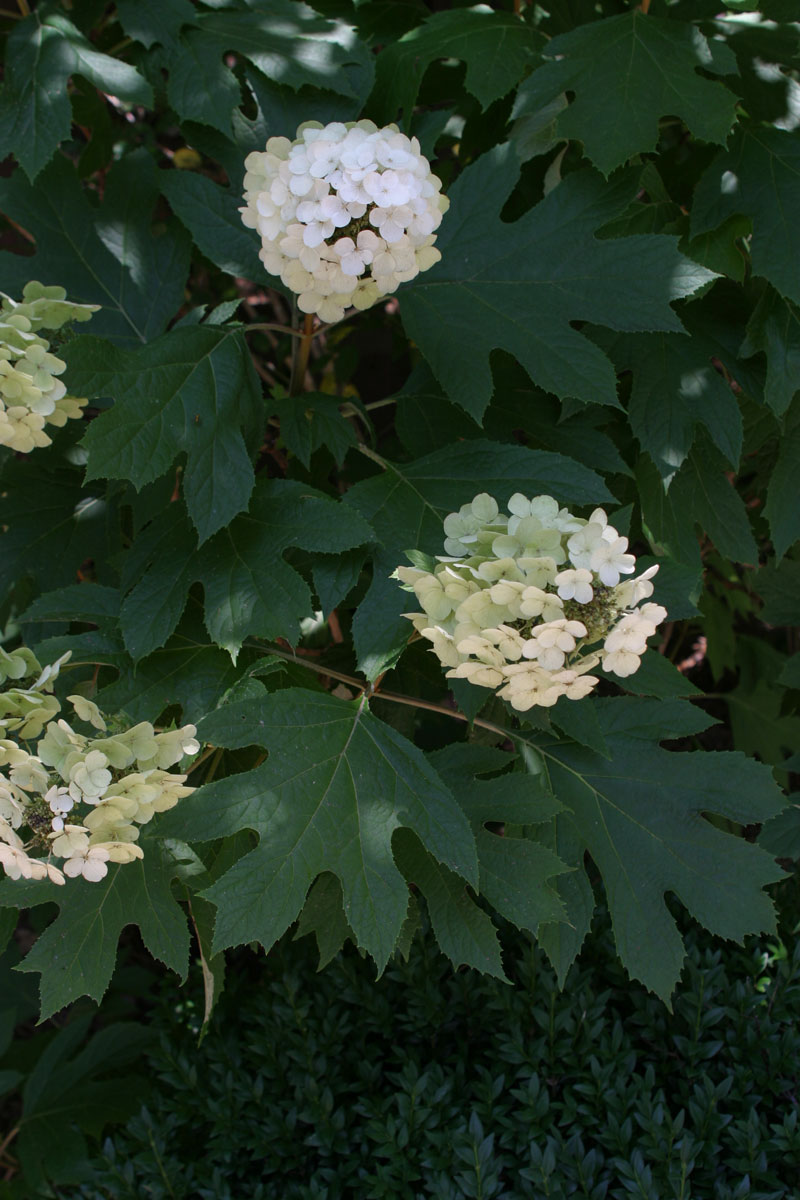 Hydrangea quercifolia
Hydrangea quercifolia
Photo/Illustration: Steve Aitken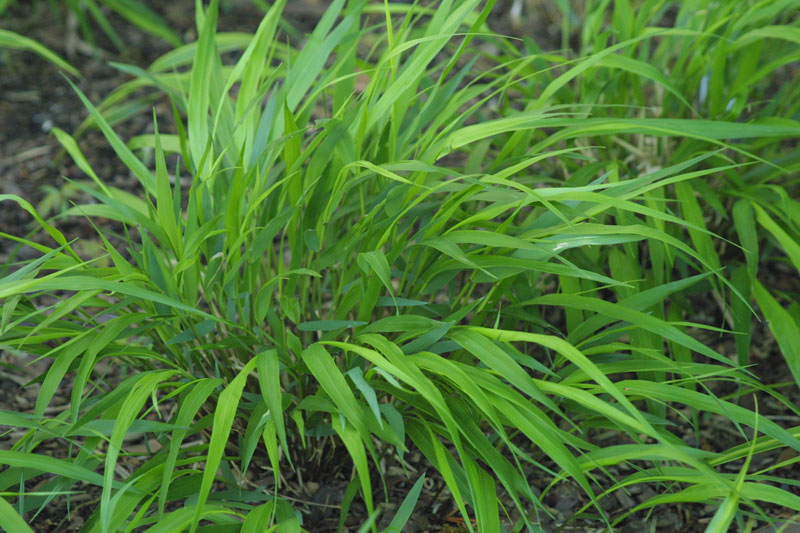 Hakonechloa macra
Hakonechloa macra
Photo/Illustration: Michelle Gervais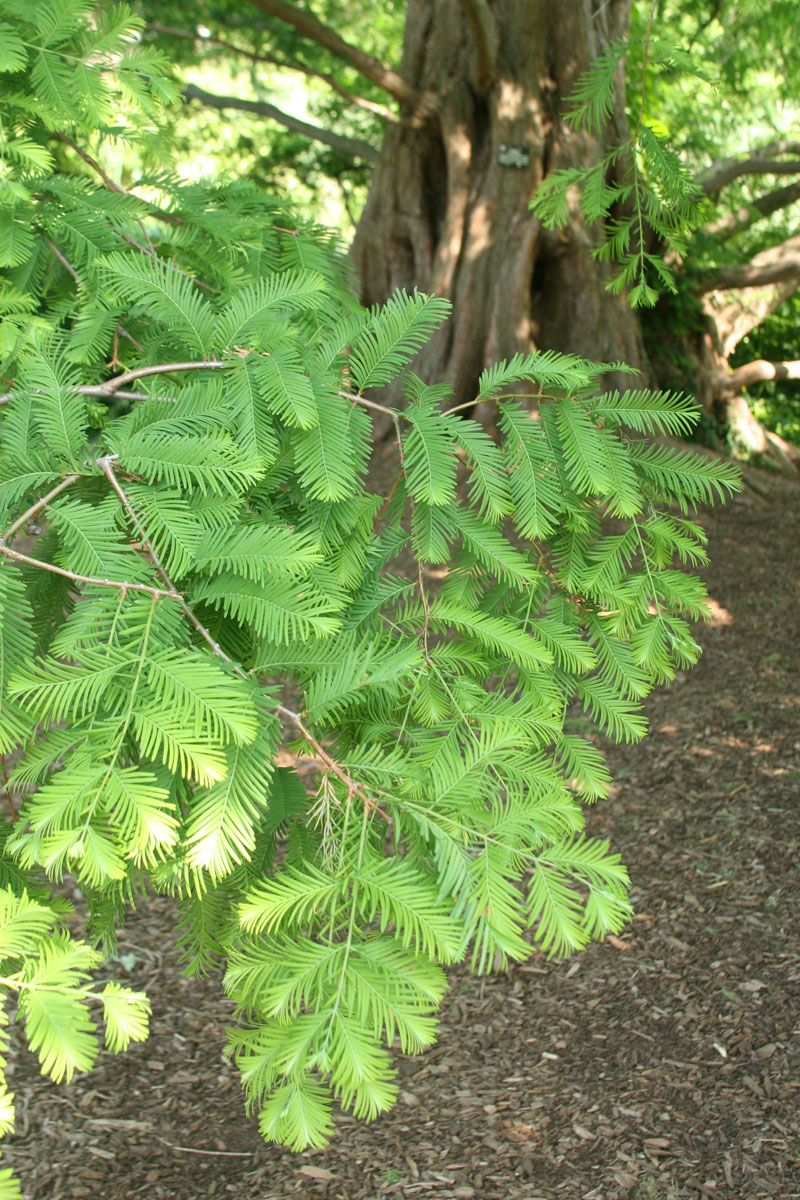 Metasequoia glyptostroboides
Metasequoia glyptostroboides
Photo/Illustration: Michelle Gervais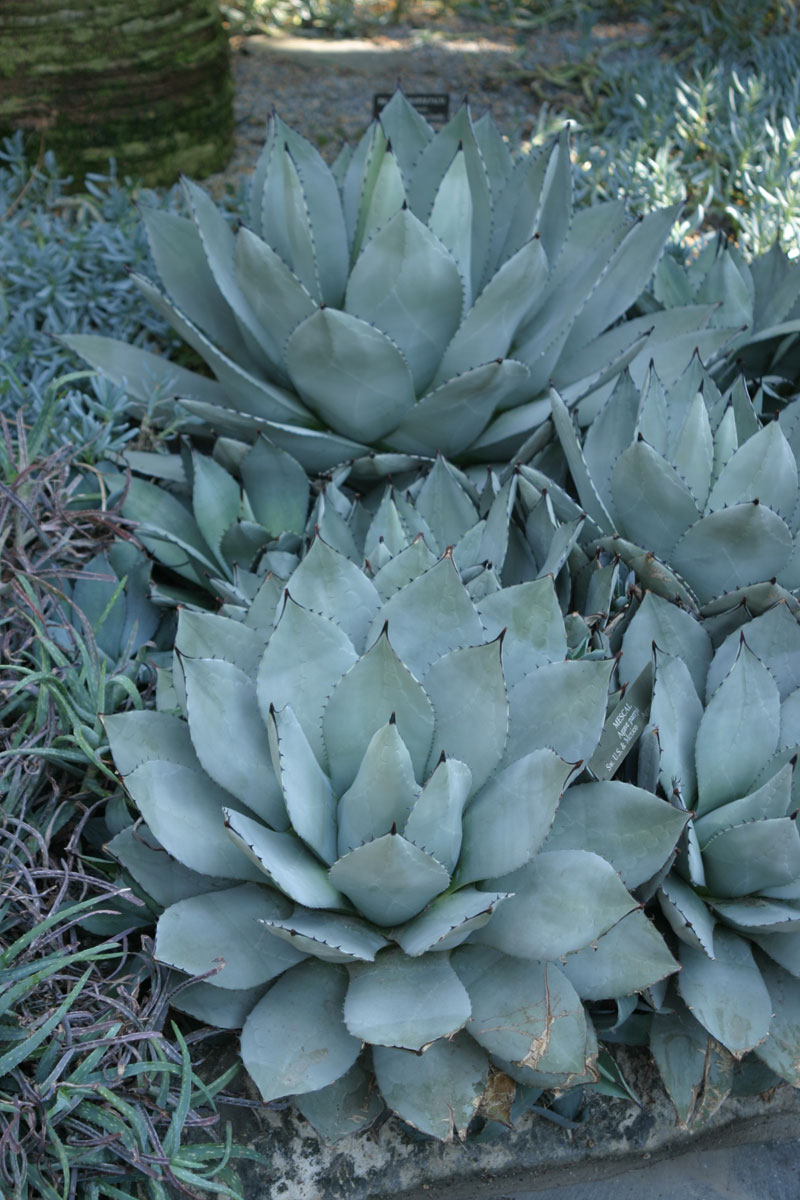 Agave parryi
Agave parryi
Photo/Illustration: Jennifer Benner Achillea millefolium ‘Paprika’
Achillea millefolium ‘Paprika’
Photo/Illustration: Michelle Gervais Spiraea fritschiana
Spiraea fritschiana
Photo/Illustration: Michelle Gervais Hydrangea macrophylla ‘Endless Summer’
Hydrangea macrophylla ‘Endless Summer’
Photo/Illustration: Kerry Moore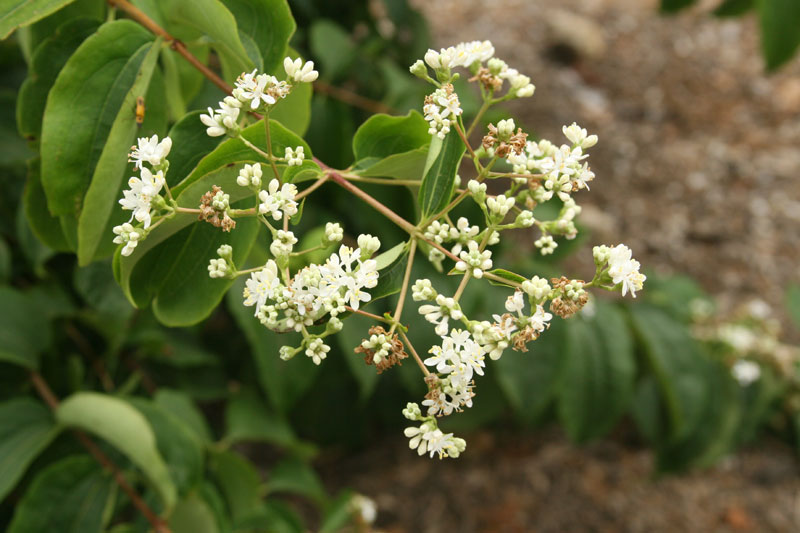 Heptacodium miconioides
Heptacodium miconioides
Photo/Illustration: Michelle Gervais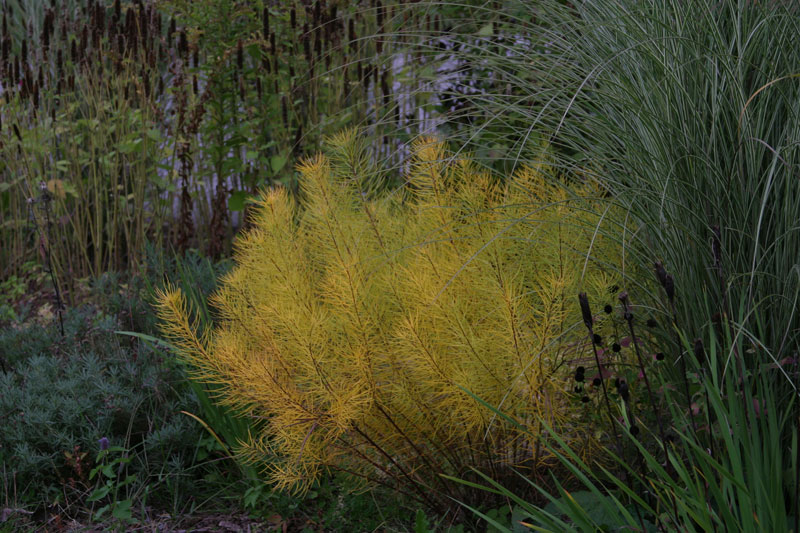 Amsonia hubrichtii
Amsonia hubrichtii
Photo/Illustration: Steve Aitken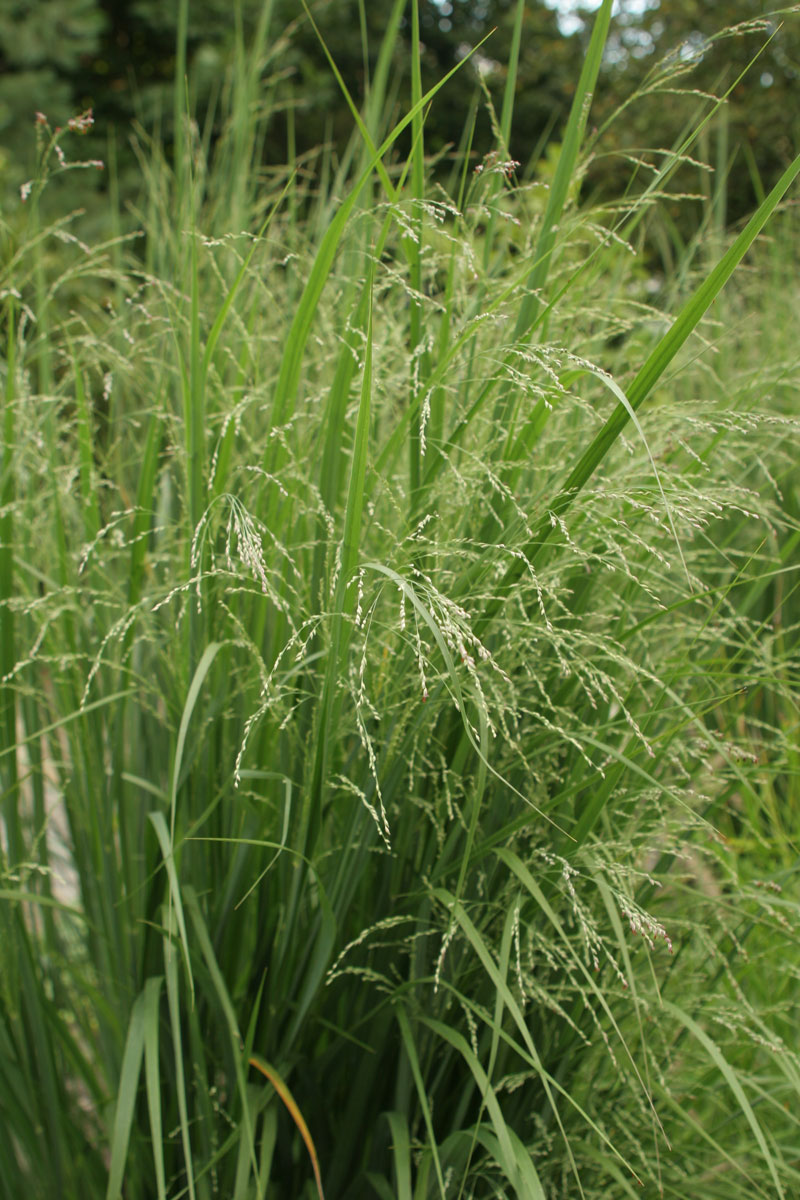 Panicum virgatum ‘Northwind”
Panicum virgatum ‘Northwind”
Photo/Illustration: Steve Aitken Sporobolus heterolepis
Sporobolus heterolepis
Photo/Illustration: Steve Aitken Geranium ‘Rozanne’
Geranium ‘Rozanne’
Photo/Illustration: Michelle Gervais Hydrangea quercifolia
Hydrangea quercifolia
Photo/Illustration: Steve Aitken Hakonechloa macra
Hakonechloa macra
Photo/Illustration: Michelle Gervais Metasequoia glyptostroboides
Metasequoia glyptostroboides
Photo/Illustration: Michelle Gervais Agave parryi
Agave parryi
Photo/Illustration: Jennifer Benner Achillea millefolium ‘Paprika’
Achillea millefolium ‘Paprika’
Photo/Illustration: Michelle Gervais Spiraea fritschiana
Spiraea fritschiana
Photo/Illustration: Michelle Gervais Hydrangea macrophylla ‘Endless Summer’
Hydrangea macrophylla ‘Endless Summer’
Photo/Illustration: Kerry Moore Heptacodium miconioides
Heptacodium miconioides
Photo/Illustration: Michelle Gervais Amsonia hubrichtii
Amsonia hubrichtii
Photo/Illustration: Steve Aitken
 |
 |
| Panicum virgatum ‘Northwind’ |
Comments: One of the older orienpets and still one of the finest, with its huge white and crimson flowers and delicious fragrance.
Comments: The best aster in my mind for its wonderful late flower display, clean foliage, drought tolerance. It’s also and deer and rabbit proof!
Comments: An underappreciated native plant for shade with dramatic tubular red and yellow flowers.
Comments: Okay, a complete bias on my part as this is my hybrid. But it may turn out to be the most floriferous, best-behaved (habit wise) false indigo for northern gardens.
Comments: My favorite small landscape tree; adaptable, graceful, smooth gray bark, great-tasting fruit to share with wildlife and excellent fall color.
Comments: Elegant, shade woodland native, with beautiful incised foliage and white berries dramatically displayed against red pedicels. Alas, poisonous.
Comments: Despite the explosion of hybrids in recent years, this coneflower is still my favorite; long-lived, compact habit, longest bloom season of any coneflower, perky upturned ray flowers.
Comments: Huge shell pink flowers and attractive bluish foliage on this native from the Great Plains. Tricky to grow east of the Mississippi, but worth the effort.
Comments: Tightest, most upright selection of switch grass. Even Midwestern snowstorms won’t flatten it. Go with native grasses!
Comments: Another native grass, a compact, multihued selection that does not lodge.
Comments: Any selection other than ‘Hummingbird’ which with its low habit is rabbit fodder in the Midwest. Put your nose in the flowers of any selection. Inhale. Now try to walk away. You cannot, the sweet fragrance is that intoxicating. But be careful to not snort up a bee as you inhale.
 |
 |
| Hydrangea quercifolia |
Comments: Queen of trees, leaves a lasting legacy to future gardeners and a healthy and bio-diverse environment.
Comments: Quintessential Kansas City signature native; ditto legacy above.
Comments: The fresh breath of the spring woods reawakened.
Comments: Long-lasting spring blooms like floating butterflies.
Comments: All-season garden beauty, flowers during the spring to summer.
Comments: If you grow pawpaws, you get tasty fruit you can’t buy, a tropical look, and Zebra Swallowtail butterflies.
Comments: The first wildflower I remember, a great joy for children.
Comments: Glowing gold to russet oranges capture the sunset.
Comments: The royal flush near the end of the season.
Comments: Butterfly heaven on a no-care plant.
Comments: Those in the borrowed landscape are on borrowed time, doesn’t conform to nursery production.
 |
|
|
Comments: Exotic, but easily grown. One for almost any environment.
Comments: One for every environment in the shade garden.
Comments: Ferns with color, more than background.
Comments: Best native delphinium that takes our heat and humidity.
Comments: Most showy native.
Comments: Tissue culture names hybrids best selections.
Comments: Backbone plant to the shade garden.
Comments: Really does well in shade, poor soils. Great foliage.
Comments: A great grass for shade gardens.
Comments: Double blooms lasting months, grows in any environment.
 |
 |
| Metasequoia glyptostroboides |
Comments: Nothing says spring like a redbud!
Comments: Great form, great story.
Comments: Incredibly adaptable.
Comments: Wonderful graceful plant.
Comments: Answers the question, “What conifer can I plant in shade?”
Comments: Never met one I didn’t like.
 |
|
|
Comments: Great, deep green foliage, July flowers that are sterile.
Comments: Clean foliage, vertical spiked flowers, durable.
Comments: Soft texture, great airy seed heads.
Comments: Silver/white spiked flowers, nice clump habit, inter-plants with everything.
Comments: Clouds of flowers end of July into October; sterile, no seeding.
Comments: Beautiful mounds of soft blue daisy flowers in July and August.
Comments: Upright growth habits, black stamens, see-through plant.
Comments: First salvia to bloom, re-blooms quickly when pruned, upright grower.
Comments: Copper foliage at the tip of the plant, blooms early June. Great foliage, new growth copper color, blooms early.
Comments: Great foliage, easy to plant with other plants.
Comments: Fills in nicely, nice low mounded growth habit. Soft purple low modest spreading habit, blue/ purple flowers, easy.
 |
 |
| Agave parryi |
Comments: Amazing flower power and good strong red.
Comments: LOVE, LOVE, LOVE, any fuchsia.
Comments: Agaves could become an obsession.
Comments: Old fashioned, but sums up spring for me.
Comments: Or just about any of the color forms.
| Heptacodium miconioides |
 |
 |
| Geranium ‘Rozanne’ |
Comments: Year-round interest, early-blooming ornamental grass, minimal maintenance; full sun best, deer resistant.
Comments: Relatively small, weeping Japanese maple; beautiful form and foliage; dark red in spring, green in fall, bright orange in fall; branches look like sculpture in winter when covered with snow; some pruning needed to keep sculptural form; partial shade.
Comments: Long-blooming, blue perennial; attractive foliage; self deadheading; no maintenance; full sun; deer resistant.
Comments: Smaller rose that is disease free and pest resistant; bright orange fades to creamy orange as it ages; minimal maintenance; full sun.
Comments: Large ruby red flowers but only 2 ft. high; very late to foliate so don’t give up and think that it’s dead; blooms July until frost; full sun with at least average moisture.
Comments: Lacecap with pink or blue flowers depending on soil pH; long blooming; needs moisture and east or north exposure.
Comments: Evergreen with unusual texture; variegation can be cream (in shade) or white (in sun); stays relatively small; extremely drought tolerant.
Comments: Groundcover type that is bright yellow most of year with orange tinge in winter; minimal maintenance; color even without flowers, although it does have yellow flowers.
Comments: Large deciduous shrub with purple foliage, pink flowers in spring, attractive pink deadheads in summer, orange foliage in fall; very drought resistant; best in full sun.
Comments: Small (15- to 20-ft.) tree with exfoliating bark; white flowers in late August/September, rosy pedicels in September/November; very adaptable; drought tolerant; full sun to light shade.
Comments: Rhizomatous ornamental sedge that is an excellent groundcover in partial to almost full shade; variegated foliage; extremely drought tolerant but also happy in moist soil; minimal maintenance.
 |
 |
| Achillea millefolium ‘Paprika’ |
Comments: Durable, creates a great color combination with other plants.
Comments: Great for containers, adaptable for most sites.
Comments: Adaptable to wet or dry soils, few pests.
Comments: Tough as nails, all the leaves drop in one week.
Comments: Great floral display, few pests.
Comments: Great floral display, few pests.
Comments: Blooms in early spring when spring fever is strong and is a durable plant.
Comments: Great during the growing season, great in fall/winter for purple coloration.
Comments: Awesome for hot sites, cut back for re-blooming.
Comments: Few pests, great fall color.
 |
|
|
Comments: The evergreen I can’t be without, none easier in more places.
Comments: Fragrant, structure, durability.
Comments: Durable, strong, striking and beautiful.
Comments: Upright form, never flops, fast grower, great foliage color.
Comments: Narrow form, textural interest, durable, wide adaptability.
Comments: Beautiful color, long blooming, durability.
Comments: Narrow form, strong grower, dark green foliage.
Comments: Semi evergreen, adaptability, fall color.
Comments: Dark glossy foliage, reliable burgundy fall color, beautiful fruit.
Comments: Foliage texture & fall color, bloom, compact size.
Comments: Blue green foliage larger than typical spirea, orange fall color, large white flower, compact size.
 |
|
|
Comments: Good medium-sized shade tree with great fall color (even in warmer climates) and not picky about soils or water. Good for smaller gardens.
Comments: This medium-sized shrub grows from sun to shade in Southern climates. It has consistent reddish-purple foliage all year with pink, fringy flowers in early spring.
Comments: Medium-sized hydrangea that blooms on new wood, repeats throughout the summer and into fall.
Comments: Like all Miscanthus, this one is easy to grow in a variety of conditions. The dwarf variety is better suited for smaller gardens, growing 3 ft. to 4 ft. high and wide with showy plumes in late summer.
Comments: Evergreen yucca-like plant stays compact and sends up sprays of coral-red flowers all summer. It’s very heat- and drought tolerant.
Comments: This semi-evergreen sage forms a small bush that blooms from April to November in reds, whites, pinks, and violets. It is very heat- and drought tolerant and attractive to hummingbirds.
Comments: This perennial blooms consistently with large, pinkish daisies from early summer to fall. It is drought tolerant once established.
Comments: Easy to grow from bulbs, daffodils provide early spring color in most conditions. The perennial bulbs grow in clumps and are deer-proof. Plant various colors in drifts (whites, yellows, pinks).
Comments: This perennial blooms consistently with golden-yellow daisies from late June to fall. It is drought tolerant once established.
Comments: ‘Knock-Out’ roses are landscape roses that bloom heavily from April to November in the South in reds, pinks, and whites. They are tolerant of conditions and disease resistant.
Comments: Smaller-growing Irises that bloom in spring in purples, blues, yellows, and whites. Tolerate wet soil.
Comments: Blue-green foliage larger than typical spiraea, orange fall color, large white flower, compact size.
 |
|
|
Comments: Great bloom and yellow fall color.
Comments: Long bloom period June through October.
Comments: Tall and upright with steel blue foliage and great purple blooms.
Comments: Tough, drought-tolerant native wildflower with blue flowers in spring.
Comments: Great coneflower with vivid red blooms through summer.
Comments: Red foliage, Coral bell with white venations.
Comments: Fall-blooming perennial with lavender flowers forms a nice mound.
Comments: Stiff upright form and blue foliage. It has the same great reddish orange fall color.
Comments: Long bloom time, shorter form.
Comments: Orange flowers, tough native perennial.
Comments: Great form with attractive red seed heads in summer.